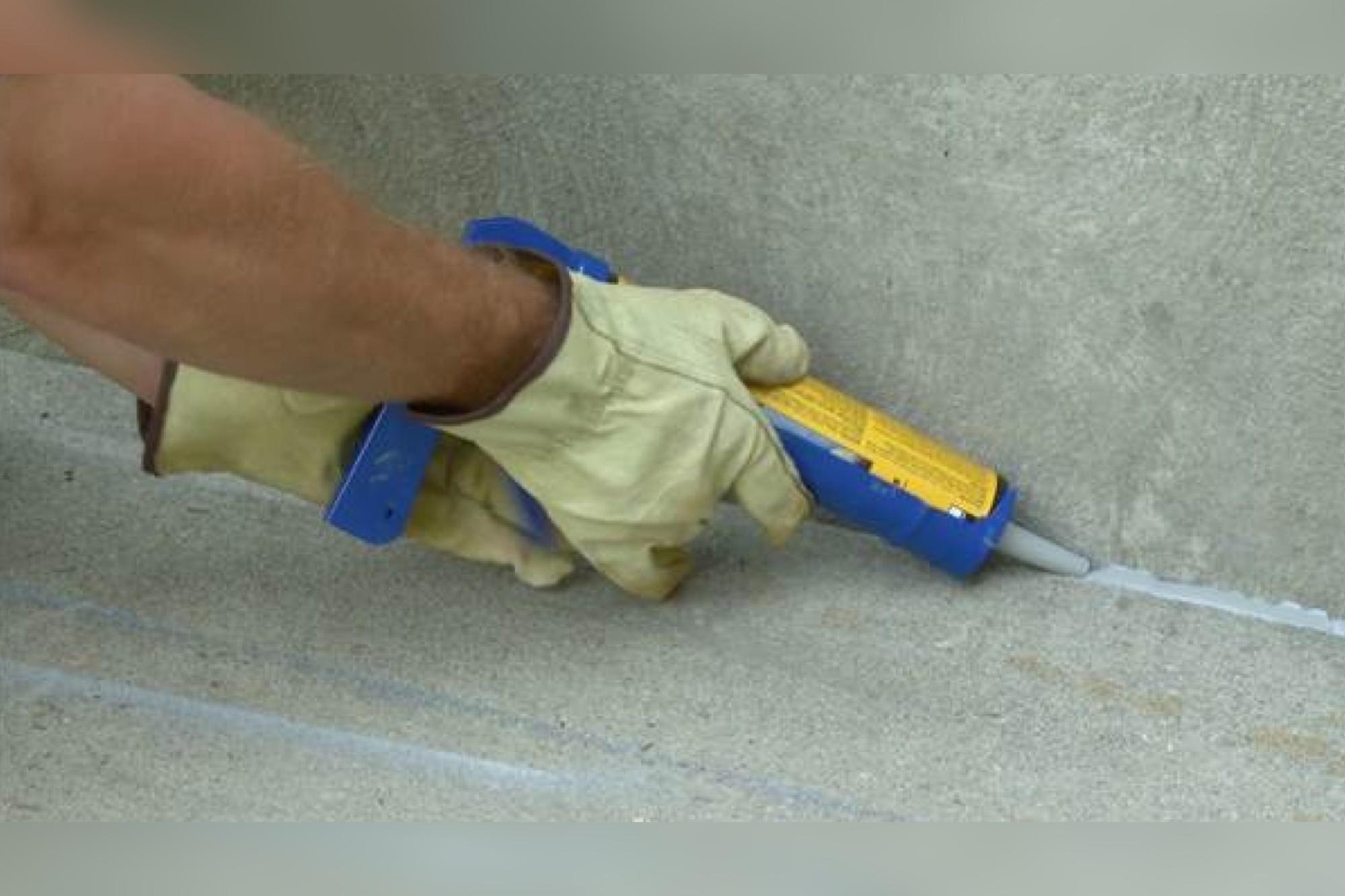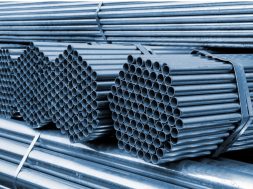The ascendance of sealants in contemporary construction methods

The performance and endurance of building structures have been greatly enhanced by sealants, the unsung heroes of the construction industry.
According to a report by Persistence Market Research, sealants are high-performance compounds that offer a multitude of advantages in the dynamic world of construction materials, including minimal shrinkage, weather resistance, UV protection, and extended service life cycles ranging from 10 to 20 years.
In the building business, sealants—also known as caulking—are multipurpose materials that stop heat, sound, dust, and liquids from entering building structures through openings. Construction sealants offer versatility, dependability, and waterproofing properties in applications ranging from flooring and sanitary fittings to roofing and glazing.
Beyond its basic uses, the market for building sealants adds substantial value by providing defence against leaks, seepage, and environmental risks. These robust materials act as acoustic and thermal insulators, improving overall performance and durability. Notably, bitumen and asphalt—natural sealants used for centuries—remain essential elements of building projects.
Polyurethane-based sealants dominate the global market thanks to their exceptional UV resistance and range of uses on different materials. The need for sealants, notably in flooring and expansion jointing operations, is being driven by the global construction boom, particularly in residential and commercial structures.
However, industry expansion is hampered by strict government limits on emissions of volatile organic compounds. Introducing impregnated foam tapes, a sustainable substitute that is becoming more and more popular among architects and installers looking for long-lasting airtight solutions for windows and doors.
The substantial infrastructure and residential construction activities, particularly in China and India, have propelled the Asia-Pacific region to the forefront of the worldwide construction sealant market. Because of growing populations, increased per capita income, and consequent increases in commercial and residential activity, the Middle East and Africa are expected to experience substantial expansion.
While Latin America, propelled by industrialisation and urbanisation, experiences steady improvement, North America and Europe are expected to see moderate growth. It is anticipated that Mexico and Brazil will make major contributions to the Latin American market.
The industry for construction sealants is being shaped, among other things, by a move towards ecologically friendly and sustainable solutions. Sealants that offer maximum performance with least impact on ecosystems are becoming more and more popular as people become more conscious of climate change and environmental deterioration. Producers are allocating resources towards R&D to produce sealants that emit fewer volatile organic compounds (VOCs), so supporting global efforts towards green building.
Furthermore, because of their remarkable UV resistance and adaptability to a wide range of building materials, polyurethane-based sealants are experiencing a sharp increase in demand in the market. An apparent trend in the increased global building activity, especially in the Asia-Pacific area, is the use of sealants that offer better flexibility, durability, and waterproofing properties. The aforementioned trends highlight the industry’s emphasis on innovation and sustainability as a means of satisfying changing client needs and regulatory mandates.
Notwithstanding its optimistic growth outlook, the building sealant industry is confronted with several obstacles. Strict government rules about volatile organic compound (VOC) emissions present formidable obstacles for producers and restrict the variety of chemical formulations that may be found on the market. Adherence to regulatory requirements necessitates significant expenditures on investigation, evaluation, and innovation, which affect profitability and competitiveness in the market.
Further complicating the dynamics of the market are changes in the price of raw materials and interruptions in the supply chain. To sustain production efficiency and satisfy customer demand, manufacturers need to manage pricing volatility and guarantee a consistent supply of raw materials. Additionally, traditional sealant makers face challenges in effectively differentiating their products and capturing market share due to increasing competition from alternative sealing options such as impregnated foam tapes.
Manufacturers are aggressively seeking product innovations and strategic collaborations in response to changing consumer tastes and market dynamics in order to gain a competitive advantage. The market for building sealants has recently seen advancements with the advent of sophisticated formulations that offer better durability, weather resistance, and application convenience. Manufacturers and research organisations are working together to investigate new materials and technologies that can improve sealant performance while reducing their negative environmental effects.
To break into emerging markets and seize expansion prospects, industry companies are also increasing the size of their distribution networks and funding marketing campaigns. Companies can expand their global reach, fortify their product lines, and solidify their market positions through strategic mergers and acquisitions. Manufacturers of construction sealants are positioned to meet the changing demands of the construction sector and promote steady market growth by keeping up with emerging trends and making investments in innovation.
The construction sealant market is situated at the nexus of resilience, sustainability, and innovation. The global construction industry is fueling the market’s constant demand, which presents businesses with ample opportunity to use innovative technologies and eco-friendly approaches. Building a more resilient and long-lasting future for the construction industry is the goal of construction sealants in the future.
39
Cookie Consent
We use cookies to personalize your experience. By continuing to visit this website you agree to our Terms & Conditions, Privacy Policy and Cookie Policy.









